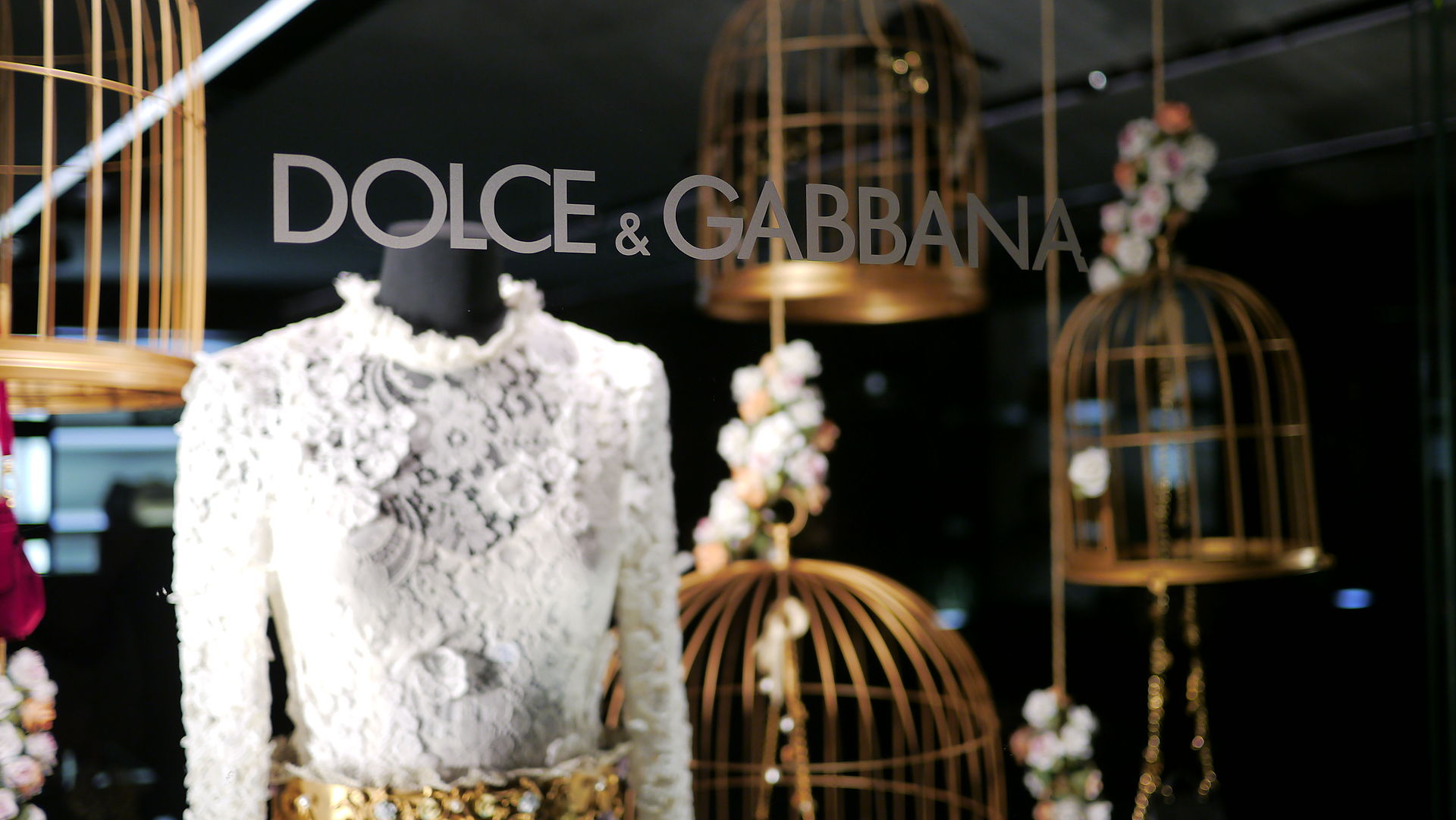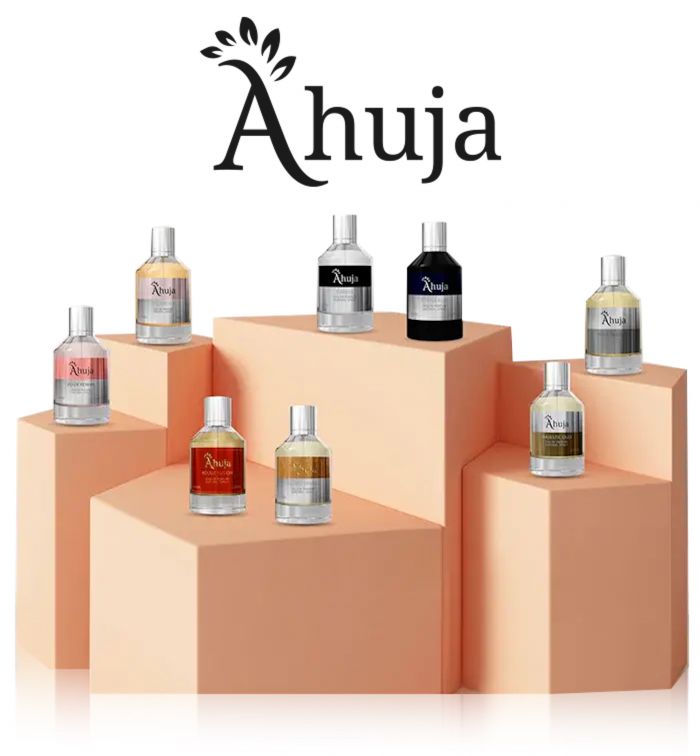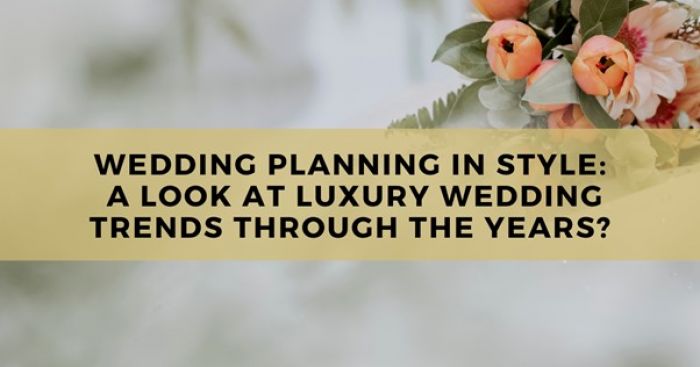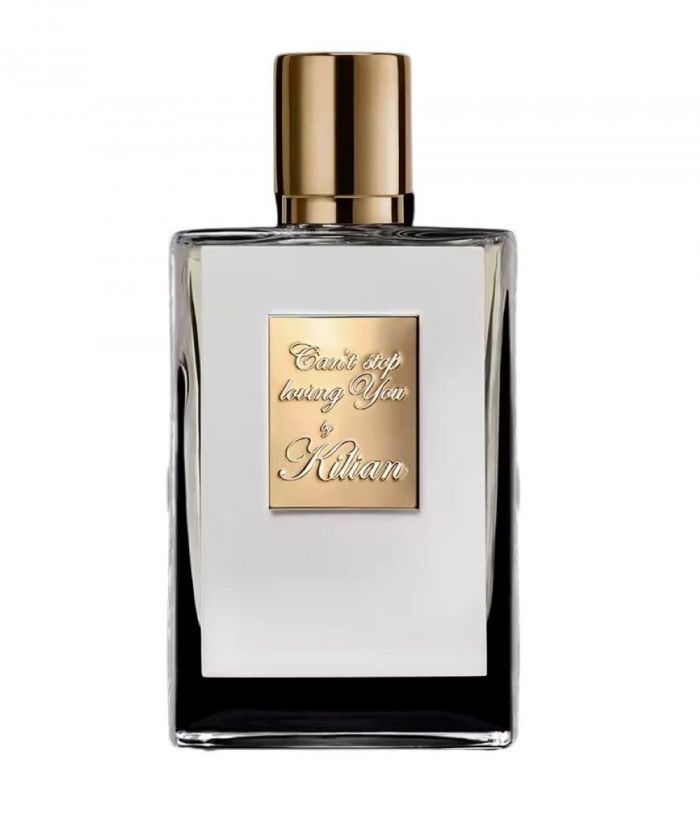A recent webinar for professionals in luxury industries saw an online attendance of fifty-five executives. The topic at hand was the same question that’s plagued the first two quarters of 2020: what does the COVID-19 crisis mean for these industries? Already, predictions have pointed to a staggering 600 billion dollar sales drop, a significantly worse hand than was dealt in 2008.
And yet, a post conference poll on the executives’ expectations regarding the impact of COVID-19 on their businesses returned these results: 10% felt the crisis would be negative, 24% were uncertain, and a whopping 64% expected positive change.
Watershed events like COVID-19 accelerate the good and the bad. Tech entrepreneur and investor, Zain Jaffer has this to say about today’s market, “Despair and hope live side by side, instability co-exists with smart investments, and brands are being made or broken under pressure. It’s a complex and ever-changing reality, one that’s not easily depicted by the number of sales lost.” Still, there are some trends that are easy to see coming.
The current crisis will exaggerate the divide between the industry leaders and last-place brands. Companies that are well established have strong consumer affinity, and they’ve accumulated a larger margin for capital error. New or lesser known companies may rely on wholesalers that won’t survive the pandemic, and may have their share of the market swallowed up by better known brands.
Additionally, luxury firms with diverse sale avenues will fare better, as international markets stabilize at different rates. Should Asia’s market see a quicker return to activity than America, a company that’s present in both markets is at a significant advantage for mitigating cash flow and keeping operations in slower markets afloat.
While these industry-old principles are sure to unfold in the coming months, the COVID-19 market remains anyone’s game. Consumer trust is the key to success. It’s where sales, stocks, and market share begin. And these days, it can be won in two places.
Consumer Trust Through Social Good
As realities of job, health, and food insecurities multiply nationwide, consumers want brands to understand and reflect the urgency of the times. Even high-end consumers, for whom luxury industries remain financially accessible, are pairing their social values with their purchase decisions. For brands, a healthy dose of giving back goes a long way, and a misstep can mean the end of the road.
Consider the recent decisions by well-known industry leaders. Estée Lauder, giants in the luxury skin care sector, dispatched $5 million dollars in global and local grants, accelerated nearly $10 million worth of renewal grants to uplift grantee partners, and handed over their facilities for hand sanitizer production. Dolce & Gabbana are funding COVID-related studies, and Moncler is the highest giver to date, donating $10.9 million toward the construction of a new hospital in Milan.
At any scale, it’s clear that dollars are better spent on enacting real world change, rather than instilling urgency to buy in the middle of a crisis. But shallow philanthropy is about as obvious as bad marketing — it’s clear to consumers which brands are attuned to the plight of the pandemic, which businesses are keeping in mind the communities that may be more at risk. Brands that sideline sales and act to help where they can are being rewarded by consumers everywhere, in all sectors. Luckily, lending a helping hand is both the best strategy for sales and the best way to be compassionate and effective human beings.
Consumer Trust Through Immersive Technology
When Dior broadcasted a closed-door catwalk to millions of live-time viewers across the globe, another major COVID-19 trend was in action: the move toward immersive virtual experiences.
After internet use skyrocketed during the initial reduction in activity, every brand moved their operations online. Virtual storefronts are dressed with nice images, and checkout is never more than a few clicks away. But leaders in the luxury industry are going above and beyond, and the online world is going 3D.
“3-Dimensional configuration technology has proved to facilitate a better e-commerce experience; companies that have replaced 2D product displays with 3D demonstrations achieve a 40% higher conversion rate”, states Jaffer. Like all things tech, the innovation doesn’t end there.
Recent findings advanced by Gartner, a leading research and advisory company, state that 46% of retailers plan to incorporate augmented reality (AR) or virtual reality (VR) as part of their brand experiences. According to Gartner, it’s going to happen within the year. Further, a predicted 100 million consumers will shop in augmented reality, either online or in-store, by the end of the year.
AR and VR will quickly accelerate consumer expectations for their high-end brand experiences. Used to facilitate customized try-ons, provide engaging customer service, or deliver high-end marketing content in a new and impactful way, it will be an industry jump that further separates frontier companies from the rest.
COVID-19 is reshuffling the luxury industries. Among professionals, it’s cause for hope and fear alike. While some trends are predictable, surprise endings and unexpected underdogs are surely in store. The best way to ensure the success of a luxury brand is to invest in social good and high-end, immersive technology. After that, all that’s left to do is play a smart hand.
Images Courtesy of Shutterstock















